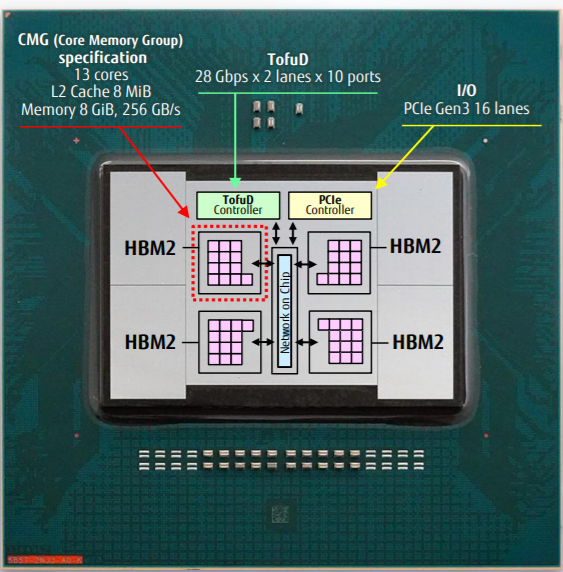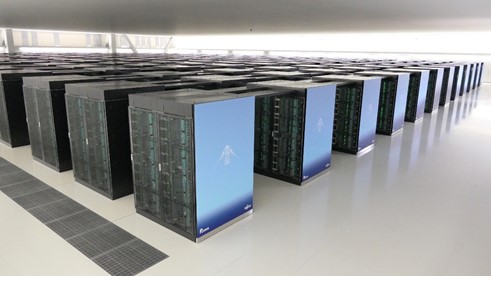Fujitsu Arm-based supercomputer number one
Fugaku—More FLOPS per Arm than any other ever.
What do Apple and Fujitsu have in common?
They’re both building expensive computers using Arm processors.
Fujitsu has been working with Riken, Japan’s largest and oldest private research institution (established in 1917). This week, Riken and Fujitsu announced the supercomputer Fugaku, a supercomputer using Arm. A supercomputer using Arm, and, as if that wasn’t astounding enough, it has taken the top spot on the Top500 list. Top spot! With a bunch on tiny smartphone chips. Maybe Apple isn’t so crazy after all to go to Arm for its Mac books.
Fugaku, meaning Mount Fuji in Japanese, has been under development for six years. Built with government backing and already employed in the search for coronavirus vaccine, the Fugaku came in as number one in the TOP500 list of supercomputers. This is the 58th top 500 award and it’s based on LINPACK performance. Using that program, the Fugaku reached 415.53 PFLOPS and a computing efficiency ratio of 80.87%. Those tiny processors don’t use much electricity.
One node of Fugaku consists of one Arm processor and 32 GB of HDM2 memory. Fugaku uses 158,976 A64FX CPUs joined together using Fujitsu’s proprietary Tofu interconnect. The machine will run a Linux (RHEL 8) McKernel. The Arm architecture was extended with 512-bit Scalable Vector Engine math units, that support mixed integer and floating-point precision. Such capabilities can drive HPC simulation and modeling in addition to machine learning training and inference all on the same platform.

The new supercomputer won took first place on the HPCG, a grading of supercomputers running real-world applications. Included was HPL-AI, which ranks supercomputers based on their performance capabilities for tasks typically used in artificial intelligence applications, and Graph 500, which ranks systems based on data-intensive loads.

In gaining the award, Fugaku far surpassed the capabilities of its predecessor, the K computer, which was decommissioned in 2019 to make way for Fugaku. Using 92,160 nodes (approximately 58% of the entire system), it solved a breadth-first search of a large scale graph with 1.1 trillion nodes and 17.6 trillion edges in approximately 0.25 seconds, earning it a score of 70,980 gigaTEPS, more than doubling the score of 31,303 gigaTEPS attained by the K computer and tripling the performance of the second-place supercomputer, which is currently second on the list, with 23,756 gigaTEPS. These numbers are impressive. For comparison, the IBM Sequoia at Lawrence Livermore Labs with 98,304 nodes (1,572,864 cores) reached 15,363 GigaTEPS on the Graph 500 benchmark.
This is the first time in history that the same supercomputer has become No. 1 on Top500, HPCG, and Graph500 simultaneously.
For additional background on Fugaku, look here.
By:Jon Peddie

熱門頭條新聞
- In conversation with ‘Ultraman Rising’ director Shannon Tindle: Insights on storytelling, innovation, and collaboration in animation
- Breaking Free: Disney Declares Independence from the Apple App Store
- Warner Bros Discovery confirms Max launch in seven Asian markets
- A look at the winners of the 72nd San Sebastian International Film Festival
- Talpa Studios and Hasbro Entertainment showcased Trivial Pursuit at MIPCOM 2024
- NARAKA: BLADEPOINT Invites You to Dance with the Spirits
- Curve Games Signs Publishing Agreement with Patattie Games for Upcoming Title Wax Heads
- DUBAI STUDIOS SIGNS PARTNERSHIP WITH INTERNATIONAL ACADEMY OF TELEVISION ARTS & SCIENCES
